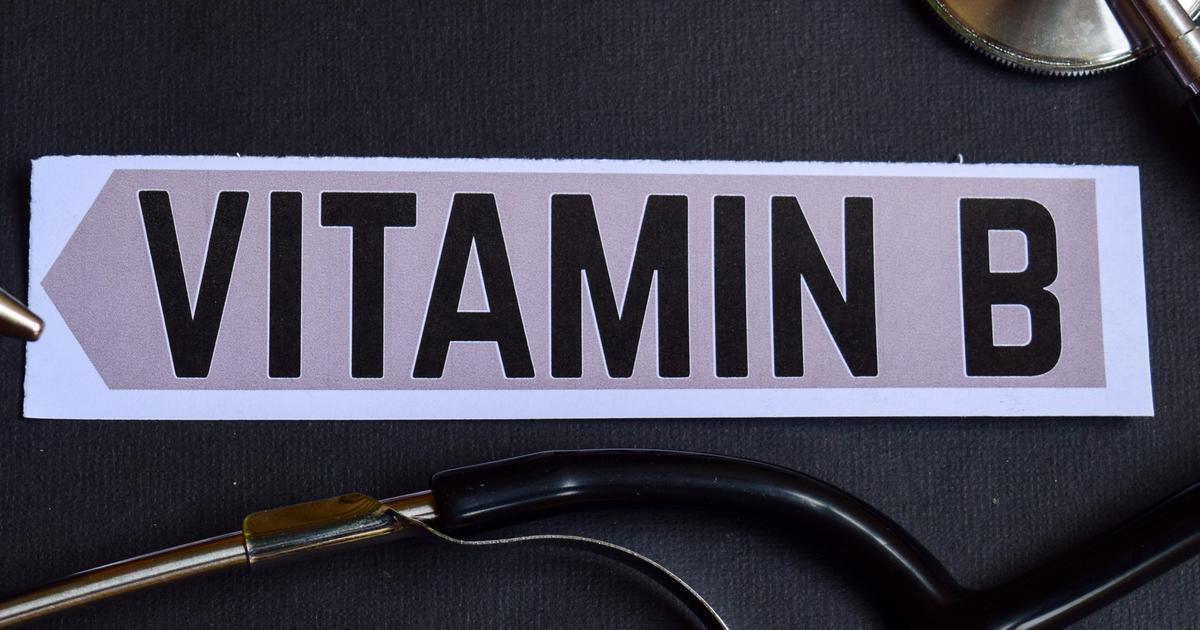Guide To The Causes And Treatment Of Sideroblastic Anemia
Vitamin B6 Therapy

Vitamin B6 therapy is an effective treatment method in many cases of both types of sideroblastic anemia. This vitamin is a cofactor for the ALAS2 protein that plays a vital role in the formation of hemoglobin from its precursor compounds and elements like iron. Common causes of an individual's deficiency of vitamin B6 include malabsorption, excessive loss, use of pyridoxine-inactivating drugs, alcoholism, genetic mutations in coding for certain proteins, or protein-energy undernutrition. Without sufficient amounts of vitamin B6, the cells are not able to synthesize iron into hemoglobin, resulting in anemia and cellular iron accumulation. When supplementation of vitamin B6 is used to treat sideroblastic anemia, the cells are provided with enough vitamin B6 to carry out the task of hemoglobin synthesis from iron. If the cause of a patient's vitamin B6 shortage is due to a problem with digestive nutrient absorption, an oral supplementation or vitamin B6 rich diet will be ineffective. When vitamin B6 deficiency is the result of the use of certain medications, vitamin B6 therapy may be utilized if the patient is unable to cease use of said medication.
Continue reading to reveal more treatments for sideroblastic anemia now.
